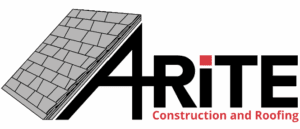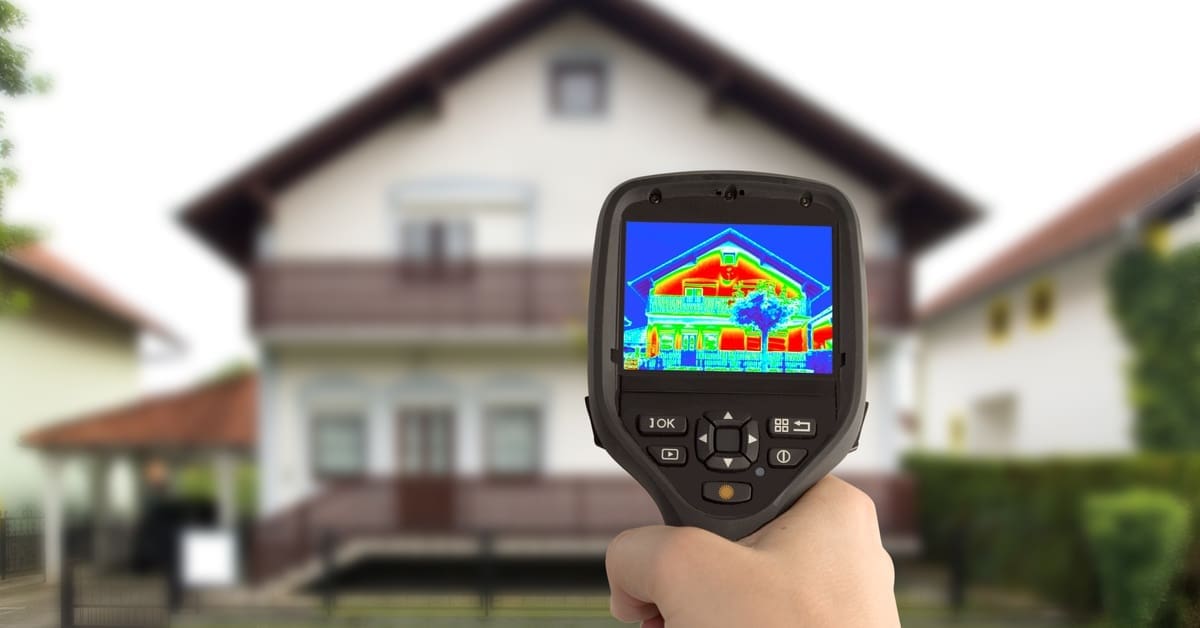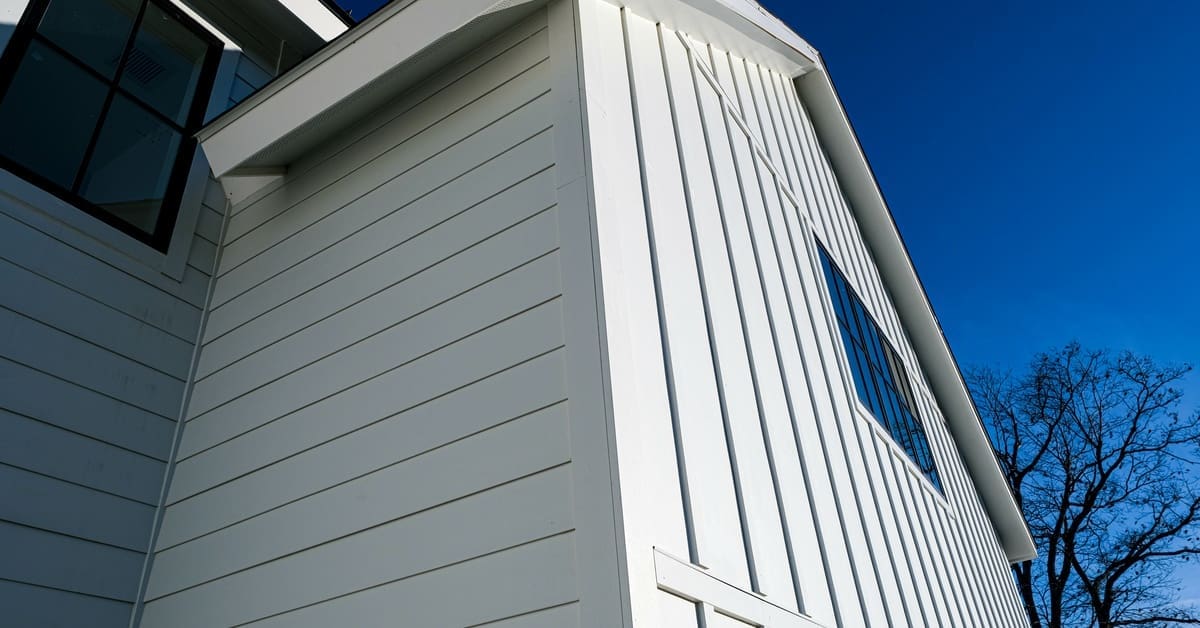Keeping a home toasty warm in the winter and cool in the summer depends on more than just a good heating or cooling system. One of the most important—and often overlooked—factors is insulation, and more specifically, its R-value.
If you’ve ever read a label on insulation material, you’ve likely seen this term. Still, many homeowners are unsure what R-value means and why it’s important for insulation. Let’s take a closer look at what this term means and its critical role in protecting your home from the elements.
Insulation’s Role in the Home
At its core, insulation serves to slow the movement of heat through the ceilings, walls, and floors of a building. Without proper insulation, warm air escapes in cold months, and hot air seeps inside during warmer seasons, forcing HVAC systems to work harder.
Insulation itself is a passive material; it does not generate heat or cool air. Instead, its role is to create a thermal barrier. The efficacy of this barrier depends on the insulation’s quality and rating.
But how do you know if insulation is doing its job well? That’s where R-value comes in.
What R-Value Means
The “R” in “R-value” stands for “resistance” and specifically refers to thermal resistance. It is a numerical measurement of how effectively a material slows down the flow of heat. The higher the R-value, the better the material is at resisting heat transfer.
Think of R-value as a scale that helps compare the insulating power of different materials. For example, a material with an R-value of 10 provides twice as much resistance to heat flow as one with an R-value of 5.
This measurement helps homeowners and contractors assess the performance of insulation products without getting bogged down in technical jargon.
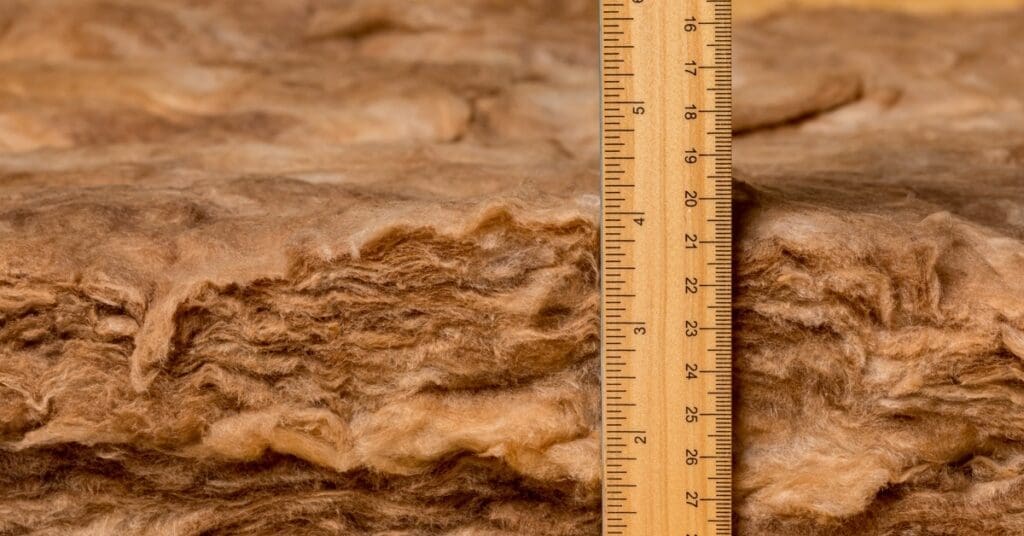
How R-Value Is Determined
R-value is calculated under controlled laboratory conditions designed to measure how effectively a material resists heat flow. The process involves placing the material between two plates with a known temperature difference and measuring the amount of heat that passes through. A standardized number is then assigned to that material.
Several factors influence R-value during testing. Thickness is one; more material generally provides more resistance. Material composition also matters, as different substances conduct heat at different rates. This is why fiberglass, foam, and cellulose all yield different R-values at the same thickness.
Density plays a role as well; looser materials may allow more air movement, while denser options can restrict it. The combination of these factors is what ultimately determines the insulation’s official R-value.
R-Values by Area of the Home
Not all parts of a home lose heat at the same rate, which is why different areas require different R-values. For example, roofs and attics are typically more exposed to outdoor temperatures and often constructed with lighter materials that don’t offer much natural thermal resistance.
Heat rises, so warm air tends to escape through the top of the home more easily than through walls or floors. Due to these factors, these areas demand higher R-values to slow heat loss.
For homeowners in Wausau, Wisconsin, located in Zone 6 per the US Department of Energy’s climate map, recommended R-values are higher than in more temperate zones. Attic insulation in this region must meet R-49 to R-60.
Additionally, walls should have an insulation rating between R-13 and R-21, while floors and basements benefit from insulation in the R-25 to R-30 range. Keep these numbers in mind when evaluating or upgrading your insulation.
R-values by Insulation Material
As mentioned, R-values often vary by the type of material used. Fiberglass batts and loose-fill fiberglass typically offer R-values ranging from R-2.2 to R-4.3 per inch.
Blown-in cellulose falls within a similar range. Foam board insulation and certain spray foams can achieve higher R-values per inch, sometimes reaching R-6 or higher.
However, performance on paper doesn’t always translate to better results in practice. Loose-fill fiberglass, for example, is designed to be installed at greater depths, achieving high total R-values while filling gaps and irregular spaces more completely.
The Benefits of Proper R-Value Insulation
When insulation is thick enough and properly installed, it maintains more stable surface temperatures within walls and attics, reducing the chances of condensation. Less moisture buildup means a lower risk of mold and mildew growth.
In areas where homes experience long, cold winters and warm, humid summers, this type of moisture control is crucial. Proper R-values keep interior surfaces closer to indoor temperatures, reducing the temperature differentials that lead to these types of moisture problems.
By preventing moisture-related issues, well-insulated homes are also less likely to experience wood rot, pest infestations, or air quality problems—benefits that extend well beyond energy savings.
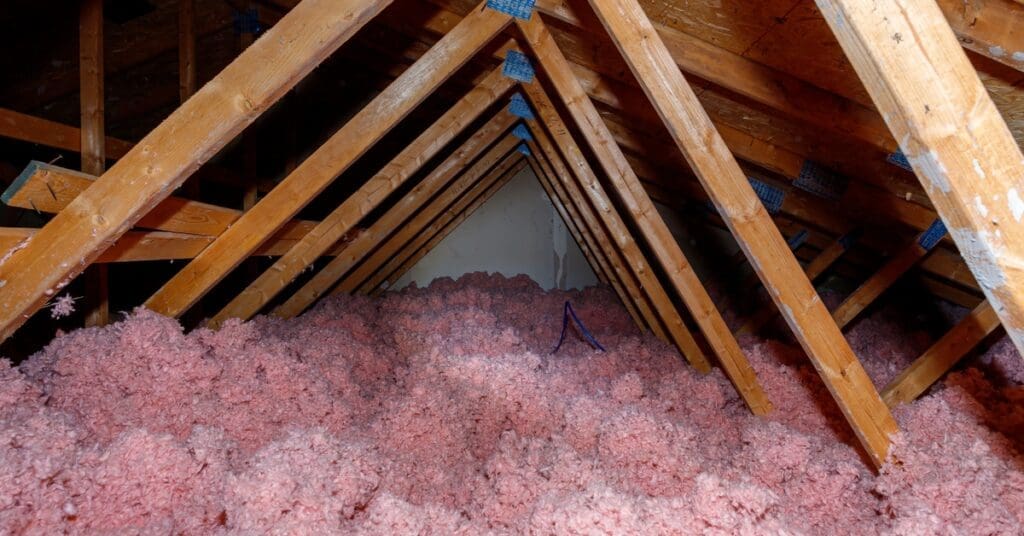
Why R-Values Can Decline Over Time
Over time, insulation loses its effectiveness. Moisture intrusion is one of the most common causes of degradation, particularly in attics and crawl spaces. Wet insulation compresses and loses air pockets that are essential for thermal resistance.
Settling, pests, air leaks, and even foot traffic in attics all compromise insulation’s structure. As a result, R-values decrease, and insulation no longer provides the barrier it once did.
Inspections every three to five years help identify signs of wear, moisture damage, or settling. Timely upgrades based on these findings will ensure insulation continues to perform effectively.
Missteps To Avoid When Evaluating R-Value
While understanding R-value is essential, knowing how to apply it correctly matters just as much. One common mistake is assuming that higher R-values automatically mean better performance in every situation.
In reality, insulation must be properly installed and suited to a particular space. For example, overly thick insulation in a tight cavity might compress and lose effectiveness.
Another misstep is treating all materials as interchangeable based on R-value alone. Two products may have the same rating per inch but behave very differently in real-world applications, depending on air flow, moisture, and how well they fill irregular spaces.
Additionally, it’s imperative to think beyond just one area of the home. Upgrading attic insulation while neglecting poorly insulated walls or crawl spaces can create uneven temperatures and reduce overall efficiency.
A whole-home perspective ensures insulation improvements deliver their intended benefits.
Tailored Solutions for Long-term Efficiency
Knowing what R-value means and why it’s important for insulation is the first step toward making informed choices for your home. But finding the right solution requires an expert eye—one that considers climate, structure, and long-term performance.
A-Rite Construction brings years of experience to homeowners in the Wausau, Wisconsin, area, offering specialized home insulation services using Owens Corning’s AttiCat system. AttiCat loose-fill fiberglass delivers full attic coverage, muffles sound, and resists fire, all while maintaining its shape and effectiveness over time.
If you’re ready to invest in energy efficiency and comfort, consider A-Rite Construction for a customized insulation plan built to last.

